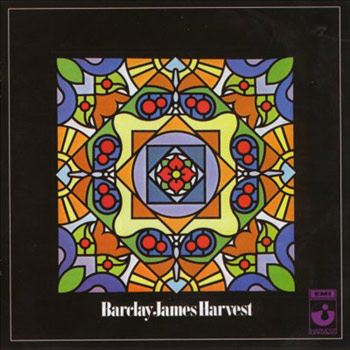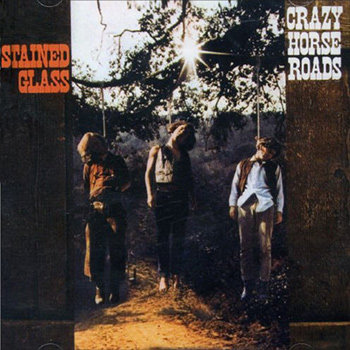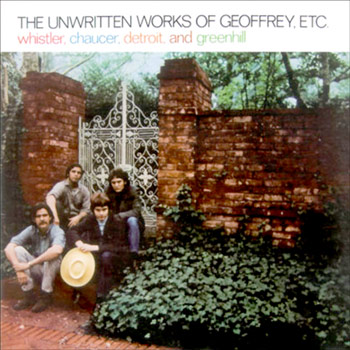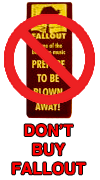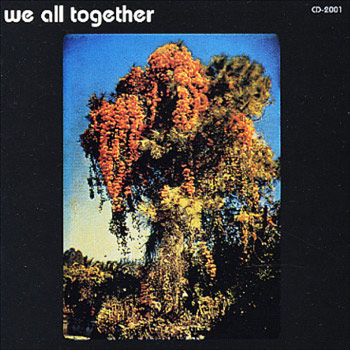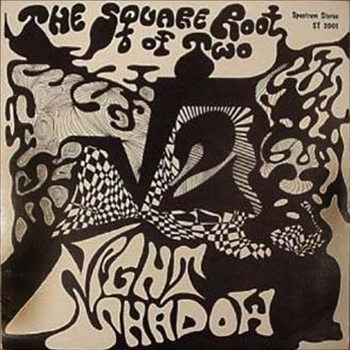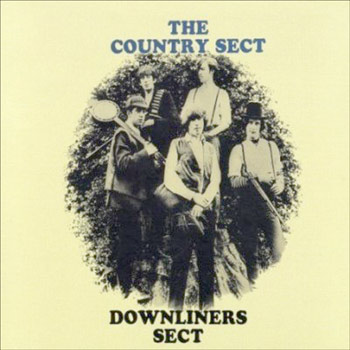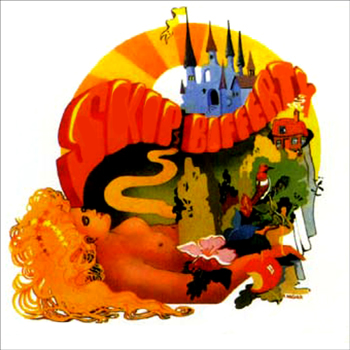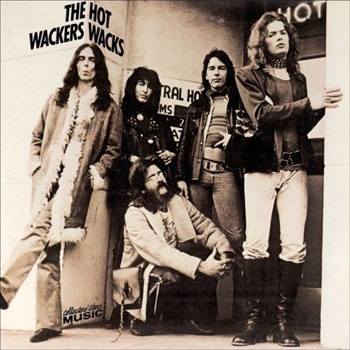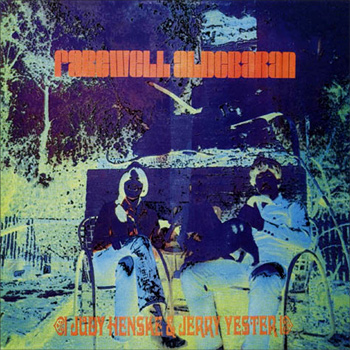Algarnas Tradgard “Garden of the Elks”
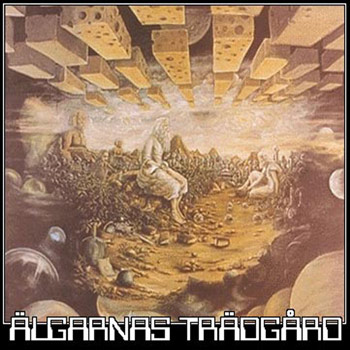
There are 7 tracks on 1972’s Garden of the Elks album by the mighty Algarnas Tradgard. Within these grooves are some of the spaciest rock ever committed to tape. It’s an underground masterpiece and just one example as to how fertile the Swedish rock scene was in the late 60’s and early 70’s.
Anyone who enjoyed A Saucerful of Secrets by Pink Floyd, or Amon Duul’s masterpieces will love this staggering record. The band was a loose knit community of artists, musicians and freaks who were into the avante garde and local folk scenes. You can hear these influences within the song structures and the way these musicians approach their instruments (the violin is an excellent touch!). The album itself is one of the eeriest recordings of its time and vocals are shared among male and female vocalists.
Children of Possibilities vaguely recalls Nico’s work with the Velvet Underground on their monumental debut, including bashing gongs, violin, a great production and serene, tripped out vocals. There are a couple of monster instrumentals that bookend the album. Two Hours Over Two Blue Mountains is a strong avante garde instrumental that drones for nearly 13 and a half minutes!! Rings of Saturn may be the album’s centerpiece though. It’s 7 minutes of pure acid space with some superb guitar playing and an overall doom laden feel.
I cannot express how essential this exploratory album is for heads (people into psychedelia). Garden of the Elks is so forward looking that even today, people still have not unlocked its secrets nor do they understand its worth. Anyone wanting to dig a little deeper should check out bands such as International Harvester, Amon Duul, and Embryo.
This album is listed either as “Garden of the Elks” or “Framtiden AR Ett.”
“Children of Possibilities”
